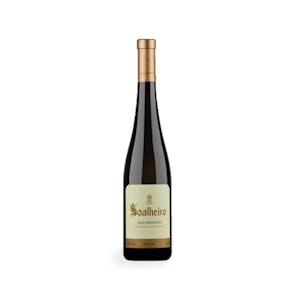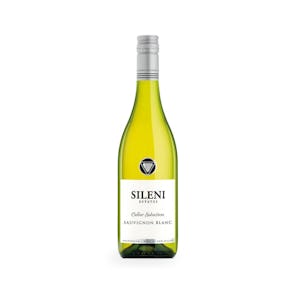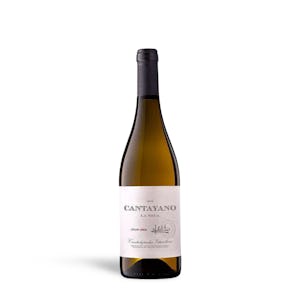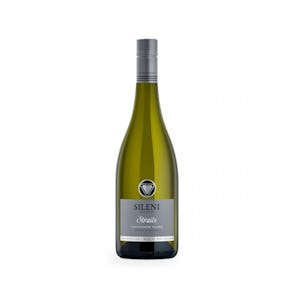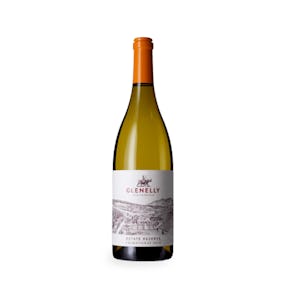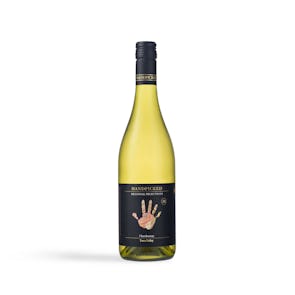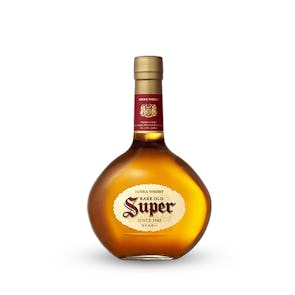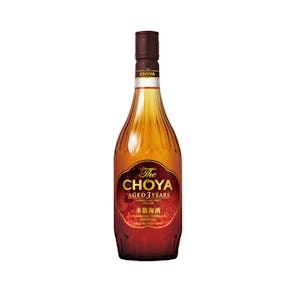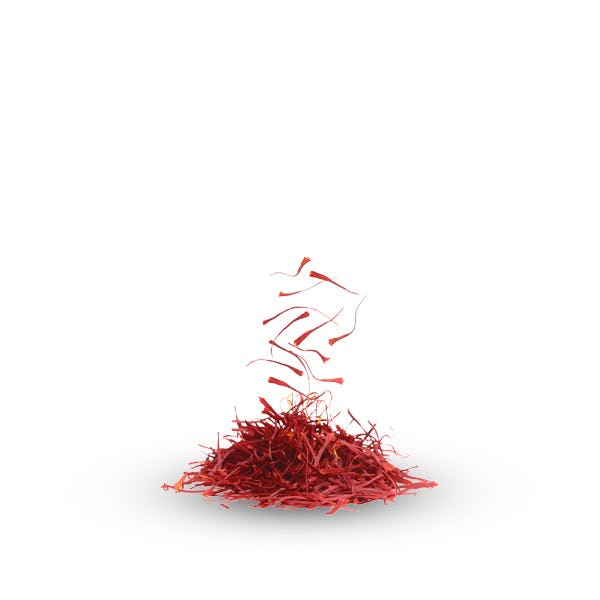
Fruterry Saffron Strands
The Prima Donna of the Spice Cabinet
(Tuesday Jan 06 , 2026)
TASTING NOTES FROM THE CURATOR
Saffron is the world’s most expensive spice (by weight), and comes from the Crocus sativus flower—to be specific, its stigma and styles. They’re also called strands or threads, and once collected from the flower, are dried and used as seasoning or coloring for food.
It has a slightly honeyed aroma with grassy notes. Its taste is complex and nuanced, sort of sweet and floral, with earthy notes.
PREPARATION AND PAIRINGS
Saffron strands are widely used in international cuisine, especially in Persian, European, Indian, and Arab. Many traditional dishes use saffron, such as tahdig, paella, and bouillabaisse. Saffron needs to be soaked to release its flavor. You can grind it first into a fine powder with a mortar and pestle, then mix a few tablespoons of hot (not boiling) water. You can also just soak the threads in hot (not boiling) water, and use both the extract and the threads in your recipe. And easy way to utilize Fruttery Saffron Strands is making risotto with lemon and saffron:
- Grind some of your Fruttery Saffron Strands in a mortar and pestle, and dissolve it with about 2 tablespoons of hot water. Let infuse.
- In a large deep-ish pan over medium heat, melt some butter, and add in finely chopped onions. Cook for about 5-7 minutes.
- Add in the arborio rice, and stir to coat. Add in white wine and saffron infused water. Cook for 2-3 minutes.
- Add in vegetable stock. Stir well, and let rice soak up the liquid. Once done, add grated Parmesan to the risotto, and season with salt and pepper to taste.
- Serve with a squeeze of lemon, and an extra sprinkling of cheese.
SELF-CARE SAFFRON
Saffron is not only aromatic and delicious, but is also teeming with health benefits. It’s a powerful antioxidant, which keeps brain cells healthy. It also contains potential antidepressant properties, that can aid with mental health. For women, saffron is also a great help in reducing PMS symptoms, and reduce anxiety. It’s also great for people on a diet, as it helps curb appetite and can aid in weight loss.
Storage Instructions
Keep your spices tightly covered and store them in a cool, dry place. Whole spices stay fresh for up to 2 years while ground spices have a 6-month shelf life. Pro tip: red spices such as paprika and red pepper can be stored in the refrigerator to hold their color and keep their flavor longer.

